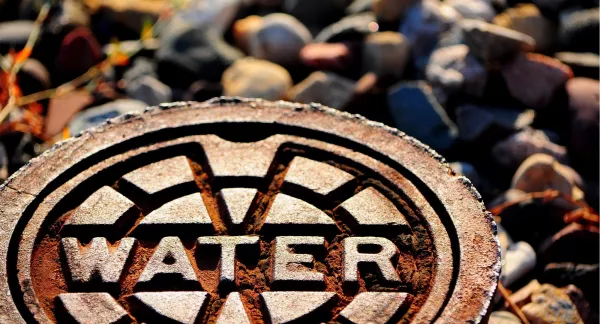
Evaluating Fate of Coliphages in WRRFs and Potential Costs to Reduce Coliphages in WRRF Effluents
Abstract
This project evaluated the fate and treatability of bacterial indicators (Escherichia coli and Enterococcus), viral indicators (male-specific coliphages and somatic coliphages), and enteric viruses in wastewater in relation to potential viral indicator updates to the U.S. Environmental Protection Agency’s Recreational Water Quality Criteria (RWQC). The research examines the fate and persistence of coliphages and other indicator organisms at water resource recovery facilities utilizing different treatment configurations, evaluates the treatability of such organisms with common wastewater disinfectants, and estimates the potential economic impacts of coliphage-based RWQC on water resource recovery facilities. Published in 2019.
This project also developed Frequently Asked Questions, as well as a manuscript publshed in Water Environment Research, which are posted below under Project Papers.
Originally funded as WERF project U3R15
Resources
Evaluating the Fate of Coliphages in WRRFs and the Potential Costs to Reduce Coliphages in WRRF Effluents: Frequently Asked Questions
This project paper addresses frequently asked questions regarding coliphage Recreational Water Quality Criteria.
Evaluating the Fate of Bacterial Indicators, Viral Indicators, and Viruses in Water Resource Recovery Facilities
This project manuscript? was published in Water Environment Research.


